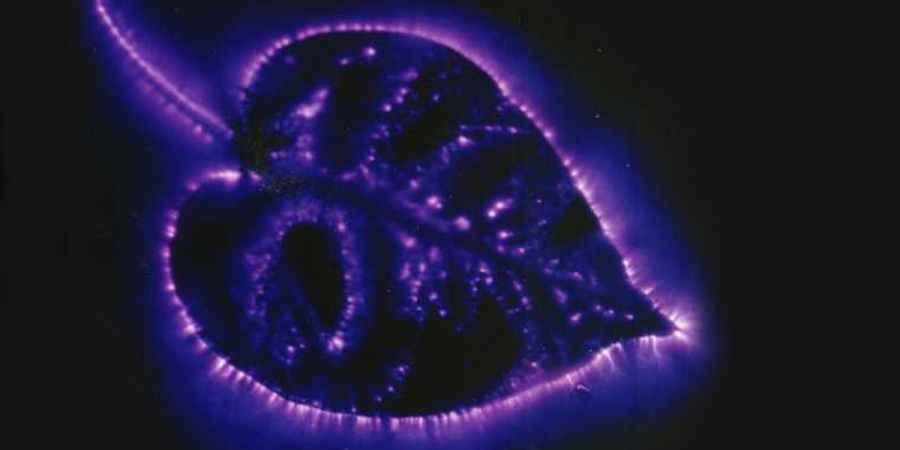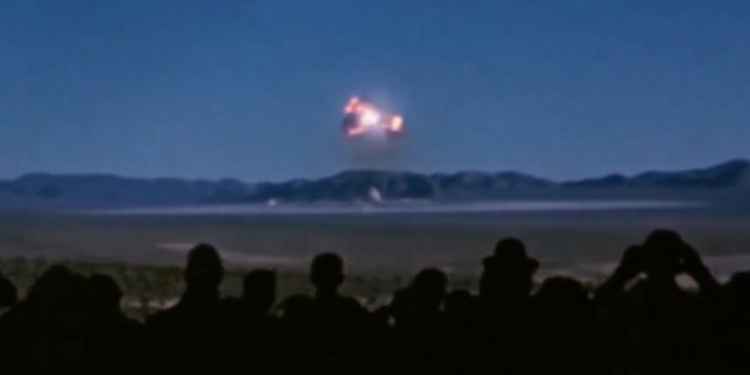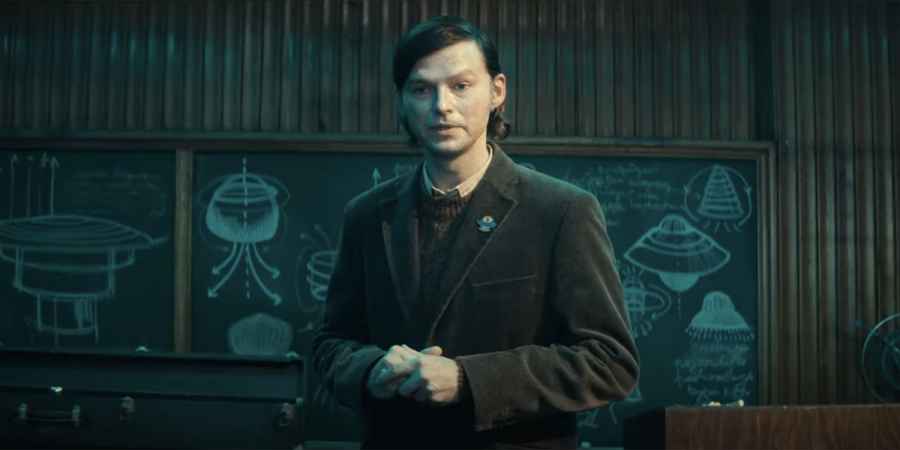
Photo: Poswiecie

Photo: Poswiecie
Ancient aliens, also known as ancient astronauts, are said to be extraterrestrial beings who visited Earth in the distant past. These visitors are believed to have had a significant influence on early human cultures, technologies, and religions. The theory suggests that many ancient structures, myths, and artefacts are evidence of these extraterrestrial encounters.
It's claimed that these advanced beings from other planets came to Earth thousands of years ago. Believers think these aliens shared their knowledge with early human civilisations, helping them achieve remarkable feats. Some of the most frequently cited examples include the pyramids of Egypt, the Nazca Lines in Peru, and the Moai statues on Easter Island.
It's argued by some that many ancient texts and religious scriptures describe encounters with beings that could be interpreted as extraterrestrial. For instance, they point to stories in the Bible, such as Ezekiel's vision of a flying chariot, as possible evidence of alien technology.
The theory that extraterrestrial beings visited Earth in the distant past is explored most extensively in the popular television series 'Ancient Aliens'. The show premiered on the History Channel in 2010 and examines various archaeological sites, historical texts, and myths from around the world. It often features interviews with authors, researchers, and proponents of the ancient astronaut theory.
One of the most notable figures on the show is Giorgio A. Tsoukalos, a Swiss-born writer and television personality. Tsoukalos is known for his enthusiastic advocacy of the ancient astronaut theory and his distinctive hairstyle, which has given rise to a widely recognised internet meme.
In the meme, Tsoukalos is shown with an exaggerated expression and the caption, "I'm not saying it was aliens... but it was aliens." It is often used humorously to suggest that any unexplained or mysterious event can be attributed to aliens, poking fun at the show's tendency to link just about anything to extraterrestrial activity.
The evidence for ancient aliens remains highly controversial and speculative. The main argument for the visitation of ancient aliens is the existence of architectural marvels that are said to be too advanced for the time periods in which they were built, suggesting that extraterrestrial assistance was involved.
The most famous of these is the Great Pyramid of Giza, built around 4,500 years ago. The Great Pyramid's precise alignment with the cardinal points and its construction involving massive stone blocks have led some to believe that advanced knowledge or technology was provided by extraterrestrials.
Another famous site linked to ancient aliens is Stonehenge. This prehistoric monument, dating back to around 3000 BCE, consists of massive stones arranged in a circular layout. The purpose of Stonehenge and the method by which the stones were transported and erected remain subjects of debate, leading some to speculate about alien assistance.
Machu Picchu in Peru is also sometimes attributed to extraterrestrial influence due to its sophisticated dry-stone construction techniques that include the precise cutting and fitting of large stones, which do not require mortar.
Similarly, unusual artefacts have given rise to theories about alien origins. The Antikythera mechanism, for example, which was discovered in a shipwreck off the coast of Greece, is considered an early analogue computer. The complexity of this ancient mechanical device, dating to around 100 BCE, has led to speculation about advanced knowledge that may have come from extraterrestrial sources. It could be used to predict astronomical positions and eclipses decades in advance.
Also considered possible examples of alien technology are the Dropa Stones, although their authenticity is disputed. These stone discs were allegedly discovered in China and are said to have inscriptions that describe an ancient extraterrestrial crash landing.
There are examples of ancient art that are also cited as evidence of ancient aliens. These include drawings and carvings that resemble modern-day spacecraft or astronauts. Perhaps the best-known of these are the Nazca Lines. Covering an area of nearly 1,000 square kilometres, the Nazca Lines are large geoglyphs in the Nazca Desert of Peru. They depict various shapes, including animals and humanoid figures. Created between 500 BCE and 500 CE, their purpose and method of construction are not fully understood, prompting theories of alien guidance. Another example are the Dogū figures, which are small humanoid statues from Japan. They have exaggerated features that some believe resemble modern depictions of extraterrestrials.
Additionally, there is plenty of ancient myth and legend that points to the possible existence of ancient aliens, along with ancient texts describing flying machines and gods descending from the sky.
Indian epics like the Mahabharata and the Ramayana describe flying machines called vimanas. These texts detail the capabilities and uses of these advanced vehicles. The ancient Sumerians, one of the earliest known civilisations, left behind texts that describe interactions with beings called the Anunnaki, who descended from the heavens.
Given the out-there nature of these claims, there are, of course, those who doubt them and even condemn them due to the way they downplay the ingenuity and capabilities of ancient human societies. Ancient civilisations demonstrated remarkable skills in engineering, architecture, and astronomy, which can explain many of the achievements attributed to extraterrestrials.
Claims of ancient aliens are also damaging to documented historical findings and academic research. Archaeologists and historians have provided substantial evidence of the methods and tools used by ancient people to construct monumental structures. For example, the construction techniques of the Great Pyramid of Giza, Stonehenge, and Machu Picchu have been studied extensively, revealing practical and human-led explanations.
On top of this, there is a fundamental lack of physical evidence. There has been no discovery of any artefacts that can be conclusively identified as of extraterrestrial origin. All found artefacts can be traced back to human craftsmanship. There is also a lack of biological evidence, such as remains or genetic traces, that support the presence of extraterrestrial beings on Earth in ancient times.
Many ancient texts and artworks that are given as evidence of alien contact are often symbolic or mythological in nature. For instance, the depiction of flying chariots or gods descending from the sky in various cultures can be interpreted as metaphors or religious symbolism rather than literal descriptions of alien technology.
If extraterrestrials had visited Earth and shared advanced technology, there should be more consistent and widespread evidence of this technology across different ancient civilisations. It also raises the question: Where did they go?
More Essential Parapsychology
See All
ArrayOctober 11, 2024
The Reality Behind Kirlian Photography’s Glowing Auras

ArrayOctober 07, 2024
Could Retroactive Psychokinesis Allow Us To Influence The Past?

ArrayOctober 05, 2024
What Spontaneous Cases Are & Why Parapsychologists Research Them
Further Reading
Dive into the world of the paranormal and unexplained with books by Higgypop creator and writer Steve Higgins.

Demystifying The Oracle
A balanced look at Ouija boards, exploring whether they are toys, tools, or dangerous occult devices.
Buy Now
Encounters
A historical overview of UFO sightings and encounters, from 1947 to modern government reports.
Buy NowMore Like This

UfosApril 04, 2025
David Grusch Claims US Government Possesses Multiple "Non-Human" Craft

UfosMarch 31, 2025
NASA Astronaut's Widow Shares His Belief In UFOs

UfosMarch 21, 2025
8 UFO/UAP Documentaries You Have To See
 See More on Audible
See More on Audible


Comments
Want To Join The Conversation?
Sign in or create an account to leave a comment.
Sign In
Create Account
Account Settings
Be the first to comment.